Beauty News, Wilma
Histamine and Skin Health
Experiencing skin issues and determining their root cause can be a complex task. While skincare routines can be a contributing factor, there are other potential culprits. Histamine is an important factor to consider. Here’s a deeper look into the role of histamine in skin health.
What happens to the skin when histamine is released?
Histamine causes blood vessels to dilate, giving the skin a red appearance. It also increases fluid permeability from blood vessels, leading to fluid accumulation or edema in the skin, and can cause itching.
But histamine isn’t limited to affecting just the skin. Let’s explore the intricate role it plays in allergies and intolerances.


Common symptoms which might indicate a histamine sensitivity include:
- Sleep disturbances where you feel wide awake, possibly caused by histamine
- Headaches or migraines
- Anxiety
- Palpitations
- Nausea
- Cramps
- Diarrhea
- Nasal congestion, runny nose, or shortness of breath
- Sneezing
- Dizziness
- Skin redness
- Itchy skin
If you often experience these symptoms, it’s possible that you’re consuming too much histamine. This can be due to directly ingesting histamine-rich foods or foods that release histamine in your body. Sugary and alcoholic products can amplify this effect.
Histamine’s Role Histamine has several regulatory and supportive functions in our body:
- Assists in stomach acid production, aiding digestion
- Found in mast and immune cells, playing a role in our immune system
- Released during allergic reactions to particles and pollens, seen in mosquito bites or bee stings
- Involved in wound healing, temperature regulation, respiration, and circulation
- Acts as a neurotransmitter in the brain
While essential, issues arise when there’s an excess of histamine or heightened sensitivity to it.
Causes for Elevated Histamine Levels
Various factors can increase histamine levels in our bodies:
- Allergic reactions release histamine in mucous membranes, skin, and blood
- Inflammatory reactions elevate histamine levels
- Certain foods, like sauerkraut, contain high levels of histamine
- Products like red wine, chocolate, aged cheese, and nuts can trigger histamine release
- A deficiency in the enzyme diamine oxidase (DAO) which breaks down histamine
DAO deficiency can lead to elevated histamine levels and allergic symptoms, emphasizing the importance of a varied diet.
Symptoms and Pseudo-Allergies A DAO deficiency symptom includes flushed skin after consuming red wine, which can prevent sleep. Even a single glass can trigger this reaction.
Eating foods that release histamine, like chocolate, aged cheese, or nuts, can also lead to itching, nasal congestion, or headaches in those with DAO deficiency. These symptoms might appear immediately or the next day.
Other symptoms include:
- Insomnia
- Palpitations
- Diarrhea
- Headaches
- Itching
- Asthma-like symptoms
- Nasal issues
Elevated histamine levels can resemble allergies, often termed pseudo-allergies.
Managing Histamine Intolerance To manage histamine intolerance, dietary adjustments are essential:
- Avoid chocolate, cheese, wine, and nuts
- Evade products causing allergies or intolerances
- Refrain from high-histamine foods like sauerkraut
- Implement a rotation diet to maintain low histamine levels


High Histamine Foods to Avoid:
- Dairy products, certain cheeses, sour cream, cottage cheese, and yogurt
- Meats like pork, lamb, and game
- Fish: mackerel, tuna, cod, herring, sardines, and shellfish
- Veggies: tomatoes, spinach, beets, and mushrooms
- Fruits: strawberries, melon, pineapple, grapefruit, raspberries, and avocado
- Spices: vanilla, cinnamon, clove, cumin, coriander, chervil, ginger, and nutmeg
- Fermented foods, dried fruits, foods containing yeast, processed or salted meats, canned foods, olives, and certain spices
Histamine-releasing Foods:
- Alcohol
- Sugar
- Certain fruits like bananas, strawberries, grapes, kiwi, mango, papaya, and figs
- Chocolate and cocoa
- Citrus fruits
- Dairy
- Nuts and seeds
- Pork
- Shellfish
- Fresh spinach, beetroot, tomato
- Wheat germ
- Additives and flavor enhancers
For a histamine-restricted diet, it’s crucial to avoid or limit certain products. Addressing the root cause of the sensitivity, considering factors like liver health, diet, exercise, sleep, and relaxation, is vital. Lifestyle plays a significant role in managing histamine sensitivity.
Understanding Allergy vs. Intolerance It’s essential to differentiate between intolerance and allergy:
- An allergy can be triggered by a minuscule amount of histamine
- Intolerances can take a while to appear, sometimes 48 hours after consuming the trigger food
- Intolerances are dose-dependent, i.e., symptoms might appear after consuming large amounts of the trigger food
Histamine intolerance or sensitivity isn’t an allergy but a reaction due to insufficient enzymes to break down histamine.
In conclusion, understanding your body’s reactions to histamine is essential. If you suspect a histamine intolerance, consult a specialist to assess your symptoms, as it’s crucial to differentiate between allergies and intolerances.
Remember, while foods might play a role, the issue can also lie in hormonal imbalances, stress, or poor liver function. It’s essential to address the root cause and incorporate holistic lifestyle changes for better health.

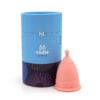









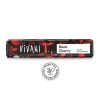
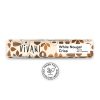







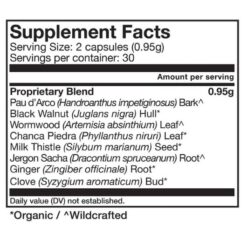



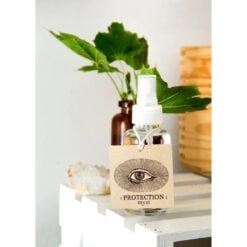

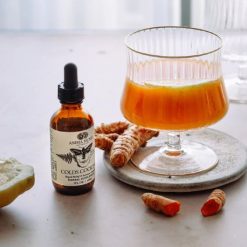
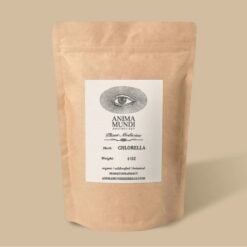
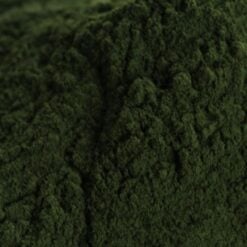










 Beauty Products
Beauty Products By Skintype
By Skintype Brands A-Z
Brands A-Z Wellness
Wellness Health / Nutrition
Health / Nutrition